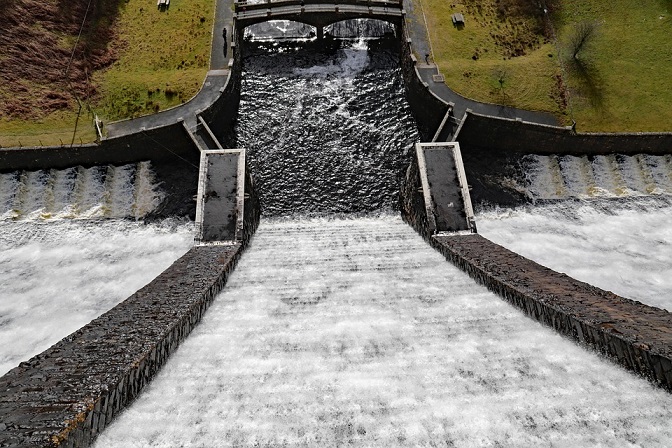After a bit of a slowdown in the mid-2000s, the global desalination market continues to grow across the globe, and while there are two basic methods of desalination; thermal and membranes, it is membranes that now dominates 95% of the market.
According to data from the International Desalination Association (IDA), seawater desalination has experienced its largest increase since 2014, with a 14% cumulative global contracted capacity increase between mid-2016 and mid-2017.
This increase seems to have been largely driven by growth in the utility market in the Gulf, although significant awards for seawater desalination plants were also made in China, Morocco and Singapore over the past year.
There has also been an increase of around 29% in the use of desalination of brackish water during the first half of 2017, typically by smaller utilities and industrial users, including many in China.
Membrane technology accounted for 2.2 million cubic meters per day, which is 95.6% of annual contracted capacity, while thermal processes accounted for just 0.1 million m3/day, or just 4.4 % during 2017.
Most of the large-scale projects that account for much of this recovery in the desalination market are to be found in the Red Sea and Gulf regions, but by their very nature they lead to highly variable swings in contracted capacity. In contrast, the industrial projects found in the Asia-Pacific region are a steadier source of contracts.
While there was a double-digit increase in capacity in both industrial and utility projects by the end of 2016, the first half of 2017 saw lower new utility capacity and increased industrial capacity, mainly due to the volume and size of utility awards in the Gulf during the first half of 2016 as well as several large references for refining and petrochemical customers in the first half of 2017.
Get water coolers and water cooler accessories from Living-Water in London.






